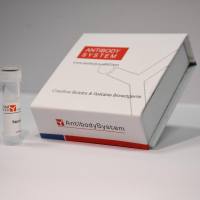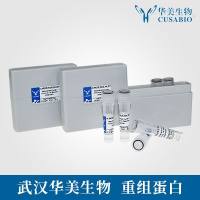In Vivo Gene Electroporation in the Mouse Testis
互联网
互联网
相关产品推荐

InVivoMAb 抗小鼠 CD274/PD-L1/B7-H1 Antibody (10F.9G2),InVivo体内功能抗体(In Vivo)
¥2700

Recombinant-Human-Membrane-spanning-4-domains-subfamily-A-member-5MS4A5Membrane-spanning 4-domains subfamily A member 5 Alternative name(s): CD20 antigen-like 2 Testis-expressed transmembrane protein 4
¥10556

SARS-CoV-2 (2019-nCoV) Spike Gene ORF cDNA clone expression plasmid (Codon Optimized)
¥4690

BDNF重组蛋白|Recombinant Human / Mouse / Rat / Cynomolgus / Canine BDNF Protein
¥580

Sperm in vivo stain (eosin method)(S0053)-10ml
¥180
相关问答

